Luigi's Mansion 2 HD (Nintendo Switch) Review
By Az Elias  28.06.2024
28.06.2024
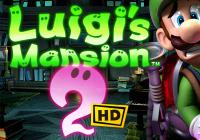
Following the unexpectedly delightful vacuum 'em up of Luigi's Mansion on GameCube - a title that came as a surprise by being the major launch game of the system instead of the usual grand Mario adventure - it wasn't until over a decade later that a sequel arrived on Nintendo 3DS. While not quite living up to the original in a handful of areas, one of the core pitfalls in the form of finicky controls is now rectified by being updated on Nintendo Switch with the release of Luigi's Mansion 2 HD.
Poor old Luigi just can't catch a break, can he? If he isn't tagging along to help his brother Mario defeat Bowser and his minions, he's being lured into spooky mansions to clear up otherworldly messes. After a much-deserved rest following the victory over King Boo, it isn't long before Professor E. Gadd forces the green hero back to cleaning out a new mansion. No doubt Luigi must be wishing he was back kart racing or hitting balls on the golf course, but even he must know there's only one plumber for this job.
In Luigi's Mansion 2 HD, the Dark Moon has shattered, rendering the friendly ghosts E. Gadd was studying and having help around his lab to turn evil and cause mayhem all over again. With the pieces of the moon spread across Evershade Valley, it's up to the best (and only) spirit chaser the professor knows to don that trusty vacuum backpack, suck up some ghosts, and piece the Dark Moon back together.
As what was originally a handheld console game, the structure of Luigi's Mansion 2 is split up into bite-sized missions that generally range from taking 20-30 minutes to complete, before Luigi is kicked back out to E. Gadd's lab to offload his collectables and save the game. Even back in the 3DS version this was a frustrating setup, where the desire to keep exploring and simply playing was forcibly taken away after completing the main goal of the current mission - such as reaching a particular room to defeat a key ghost or obtain an item.
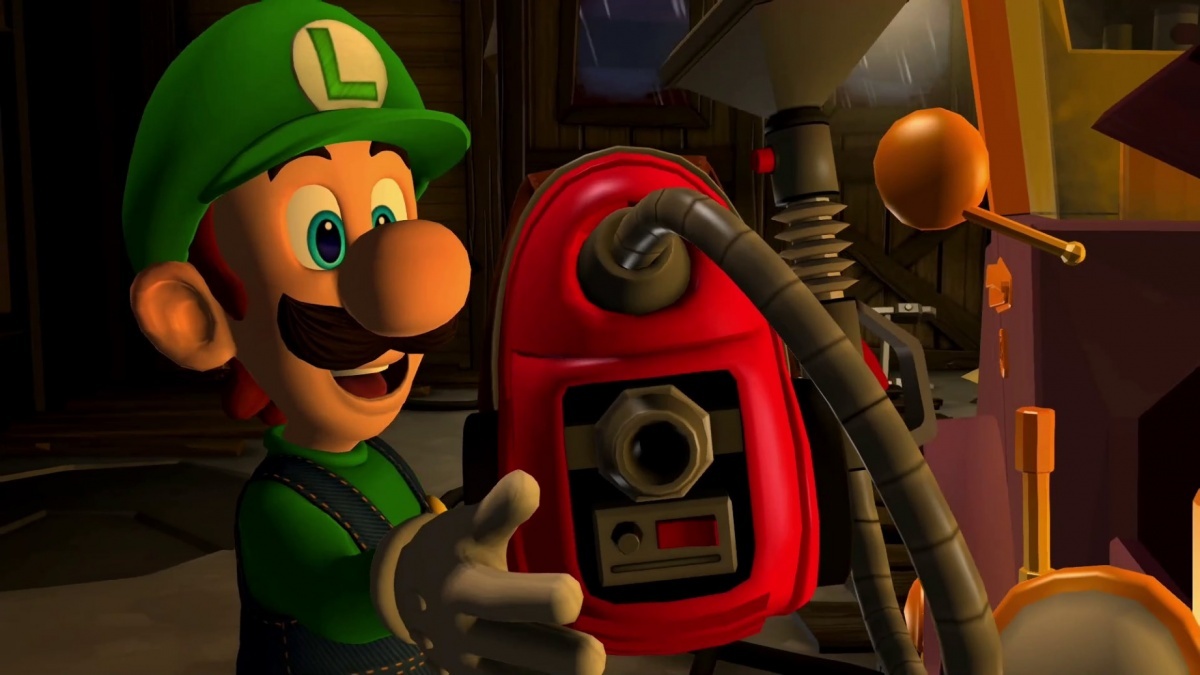
Understandably, the gameplay style remains the same in the Switch version. It would have been a massive undertaking to redesign everything to be a more open and non-linear adventure akin to Luigi's Mansion 1 and 3, but it is to this game's detriment that there is a constant back and forth going on with each play session. There isn't even a way to save the current progress mid-mission until the stage is completed. This gets more annoying when replaying older sections to capture hidden boos or obtain gems, where Luigi must still see the mission through once more before they will be saved to file.
This stop-start setup isn't helped by E. Gadd's persistent messages to Luigi, where his calls must be answered whenever they pop up, halting play yet again. The opening missions feel more prominent than later ones in this regard, but why there isn't an option to turn off these calls - especially when optional help guides are in the menu anyway - is unknown. The professor states the obvious on too many occasions, and even spoils the surprise of what's around the corner prior to the next mission. Just let players discover for themselves what's ahead, experimenting with Luigi's gadgets, and if they need a little hint, E. Gadd can be there to make a call to if desired.
The stoppages and overtalking are opposite to what made the original game so fun to begin with, and while many of the lessons seemed to have been learned by the time of the third game, anyone jumping into Luigi's Mansion 2 off the back of playing 3 may struggle to deal with these aspects.

There are some improvements in this Switch remaster, however, and one of those pertains to controls. Even if the original game on 3DS was played with a Circle Pad Pro attachment, handling Luigi wasn't all that comfortable. With a more natural controller in the hands on Switch, Luigi can suck up those ghosts much easier, spinning around and using the twin sticks to aim while firing out blasts of light to blind foes.
It is unusual, though, that the in-game instructions don't prominently point out that the right analogue stick and L and R shoulder buttons can be used to control Luigi and put his main abilities to use. Instead, the original version's awkward use of the face buttons is encouraged by default to aim and activate the light effects Luigi has at his disposal. The addition of the right stick to aim makes manoeuvring and directing the vacuum so much easier, and on top of that, using the L and R buttons for the light abilities means the right stick can also be utilised alongside these features, so it is strange to not highlight this superior button assignment first and foremost.
There are some bothersome changes of camera angle when aiming, and the fact that the interactive X button is still used for pointing upwards when it could have been disabled (at least optionally) means there are sudden shifts in perspective that can be off-putting, while Luigi doesn't quite feel as smooth as he does in the other two games in this series. That said, this is a huge sight better than how things controlled in the 3DS version, making the Switch game a far more playable experience.
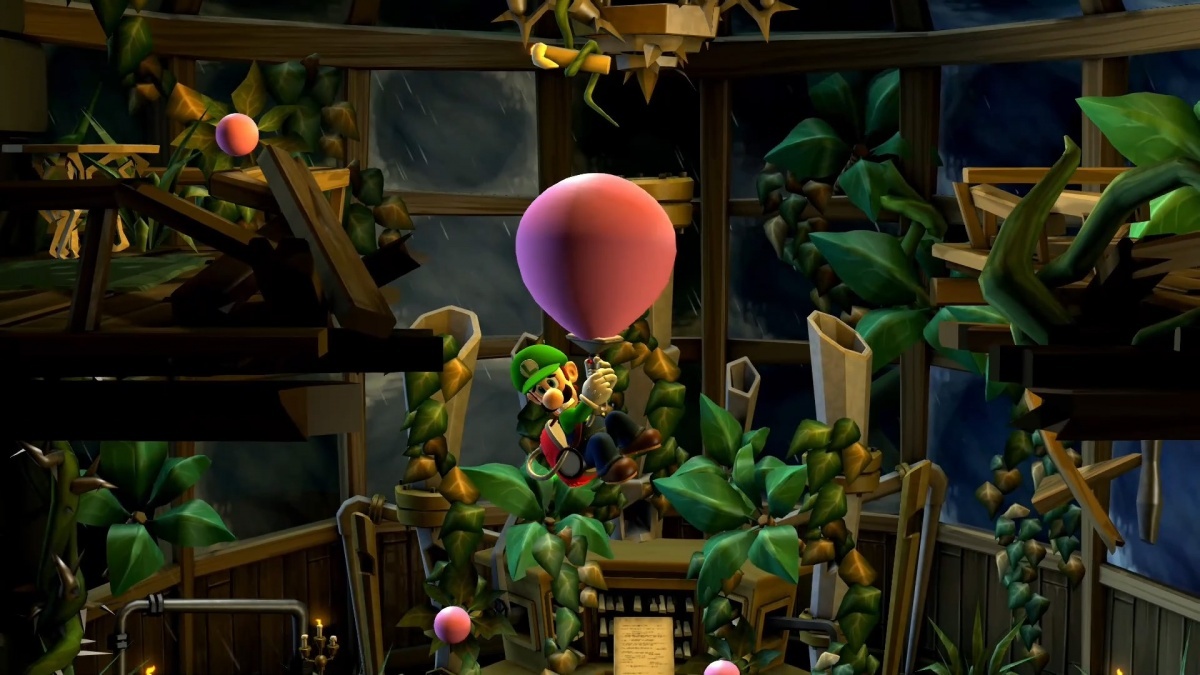
The light-hearted and fun gameplay is retained from Luigi's other mansion exploits, too. Although this game and the third lost some of that darker and spookier atmosphere that the first Luigi's Mansion did so well, there is no question about the excitement felt upon stepping into an unexplored room, hunting for treasure and discovering new ghosts to suck up.
Even in the brief and enclosed missions presented to Luigi, where he has a central task to complete, there is always a lot of fun in trying to find the solution to a small puzzle or in looking for a key to a locked door. Again, the fixed format means there is less exploring going on than is wished for, where keys that are picked up only really open a door in the same room or in close proximity, but the moment-to-moment activities are still entertaining.
Bosses end the current chapter and aren't always the best part of the game, but where Luigi's Mansion 2 also differs from the first title is in its multiple mansions. Instead of one large and mazey manor to navigate, Luigi unlocks new houses with varying aesthetics, contraptions and enemies, giving the designers a reason to branch out with gameplay ideas that might feel a little out of place otherwise. Having one big mansion to explore in a non-linear format is still preferred, but it can't be denied that this does allow for some focus on the individual puzzles presented instead.
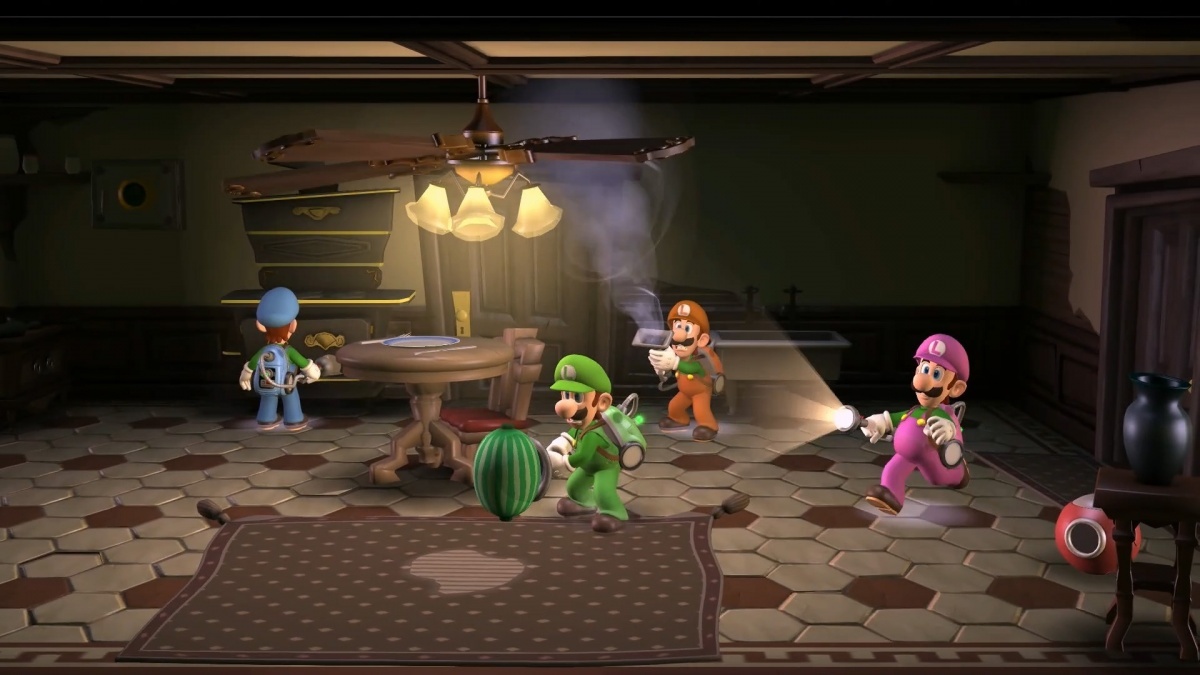
It shouldn't be overlooked that there is a rather entertaining little local and online multiplayer mode, too, where the gold obtained carries over to the single-player adventure to contribute to unlocking vacuum power-ups. This ghost hunting quest taking place in the ScareScraper sees up to four players working their way co-operatively up each floor of a tower, ensuring no spirits are left unvacuumed before being able to move onwards. With a boss waiting on the top floor, and a competitive element to proceedings with attempting to outperform fellow Luigis, this is a neat little distraction from the main quest that offers a means to continue in the ghost hunting business.
There seems to be an odd music flaw where the soundtrack will restart or jump to another part of the song after resuming the game from the map screen. Outside of this, the remastering of Luigi’s Mansion 2 on Nintendo Switch results in a vibrant and lovely looking game that quite clearly isn’t anywhere close to the levels delivered in Luigi’s Mansion 3, but is a big improvement on the original 3DS version, despite the loss of the stereoscopic 3D effect that was put to use so effectively back on the dual screened system. It is quite unfortunate, though, that aside from the enhanced graphics and controls, there aren’t any major new gameplay features or scenarios that will greatly entice those that played the game on 3DS.
In fact, given the asking price of £50, there is an element of surprise that this really is just one game, especially considering the ports of Pikmin 1 and 2, Advance Wars 1 and 2, and the two Another Code games were released for the same price, while the incredible Metroid Prime Remastered came out at £35. To not have included Luigi's Mansion 1 - which also saw a Nintendo 3DS release - seems like a missed opportunity and would have justified the price tag a lot better.
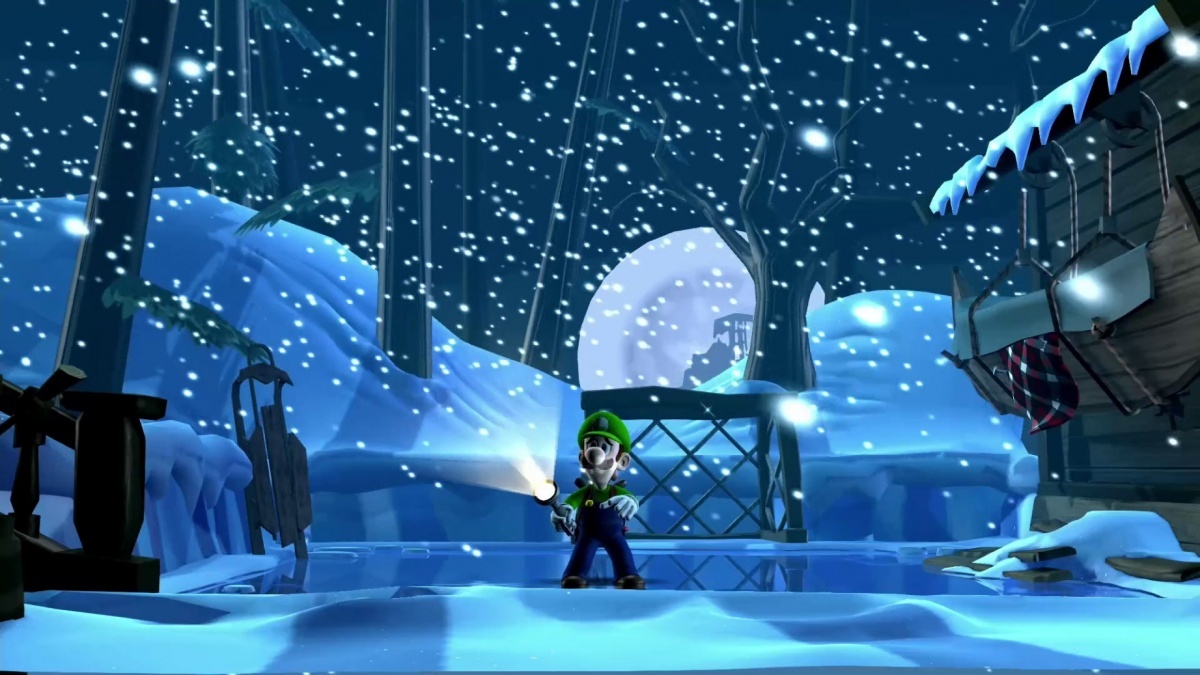
Cubed3 Rating
Very Good - Bronze Award

Luigi's Mansion 2 HD still has the feeling of a portable game that was tailored to the system it was built for, but for the most part, things have been ported over extremely well. The mission-based structure that pulls players out of the game on a frequent basis, constant interruptions from E. Gadd, and a lack of saving until stages are completed detract from what is otherwise a light-hearted and fun little adventure rife with plenty of secrets to discover and puzzles galore, albeit one that isn't on par with the first and third entries in the series. The improved visuals and controls are a boon that make Luigi's Mansion 2 a better game than it was before, but with a lack of much else that's new, the high price tag is a big ask.
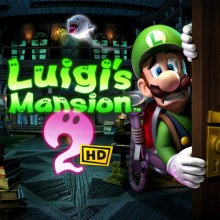
![]() 7/10
7/10
![]() 0
(0 Votes)
0
(0 Votes)
 Out now
Out now  Out now
Out now  Out now
Out now  Out now
Out now Comments
Comments are currently disabled

 Sign In
Sign In Game Details
Game Details Subscribe to this topic
Subscribe to this topic Features
Features






 Top
Top

